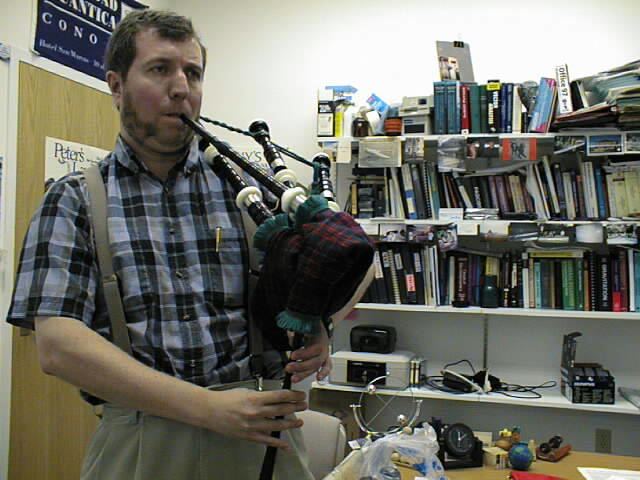Name Jorge Pullin | ||
 | ||
Books A First Course in Loop Quantum Gravity Awards Guggenheim Fellowship for Natural Sciences, Latin America & Caribbean | ||
Interview with dr ling miao and dr jorge pullin
Jorge Pullin (; born 1963 in Argentina) is the Horace Hearne Chair in theoretical Physics at the Louisiana State University, known for his work on black hole collisions and quantum gravity.
Contents
- Interview with dr ling miao and dr jorge pullin
- Cct overview jorge pullin
- Biography
- Awards and honors
- Research
- References

Cct overview jorge pullin
Biography
Jorge Pullin attended the University of Buenos Aires (electrical engineering) for two years before leaving for Instituto Balseiro in Argentina to finish a M.Sc. in Physics (1986). Then he moved to the University of Córdoba to pursue his Ph.D. which was submitted in 1988 to the Instituto Balseiro; his advisor was Reinaldo J. Gleiser.
He moved to Syracuse University in 1989 and to the University of Utah in 1991 as a postdoc. He joined the faculty of Penn State University in 1993, where he was promoted to associate professor in 1997 and full professor in 2000. In 2001 he moved to Louisiana State University, where he is the co-director of the Horace Hearne Institute.
Pullin's wife Gabriela González is also a gravitational physics researcher; she and Pullin met at a gravitational physics meeting in Córdoba, Argentina. Pullin and González spent six years living apart while Pullin was at Penn State and González held a position at the Massachusetts Institute of Technology, a situation that was resolved when they both were hired by LSU.
Awards and honors
In 1998, the John Simon Guggenheim Memorial Foundation selected Pullin as a Guggenheim Fellow, and in 2001 he won a Fulbright Fellowship to visit the Universidad de la Republica in Uruguay. In 2001, the American Physical Society honored him with the Edward A. Bouchet Award, recognizing him as "a distinguished minority physicist who has made significant contributions to physics research". He is a corresponding member of the National Academy of Science of Uruguay, the Mexican Academy of Sciences, the Argentinian National Academy of Sciences, and the Latin American Academy of Sciences, and a Fellow of the American Physical Society, of the Institute of Physics, and of the American Association for the Advancement of Science.
Research
Pullin's book (with R. Gambini) Loops, Knots, Gauge Theories and Quantum Gravity surveys the state of the art in loop quantum gravity at the time of its publication. Reviewer Jerzy Lewandowski writes "the book should allow people from outside the loopy circles to gain access in the current state of the art. But most of all it allows experts within this wide field to learn more about the original constructions which were invented and applied in quantization of gravity by Gambini and Pullin themselves." Chris Isham adds that "this is a most valuable addition to the scientific literature", while Hugo A. Morales-Técotl calls it "useful for an immersion in the subject."
Pullin's most-cited research paper, on nonstandard optics, studies the propagation of light within theories of loop quantum gravity and shows that these theories lead to predictions of behavior different from Maxwell's equations for light propagation in classical physics. Pullin, Gambini, and Bernd Brügman also wrote a series of papers that make an important connection between knot theory and quantum gravity, by showing that the Jones polynomial can be used to solve a quantum form of Einstein's equations.
Pullin is also known for a series of papers on the theory and numerical simulation of colliding black holes. Pullin's early work on the subject (including his second most cited paper, from 1994) involves the "close approximation" in which a pair of nearby black holes is treated mathematically as a single non-spherical black hole; since joining LSU his work on this area has been based instead on supercomputer simulation. Another pair of his papers studies a simplified mathematical model of the radiation emitted when a star collapses into a black hole, and shows that it compares favorably to numerical simulations.
